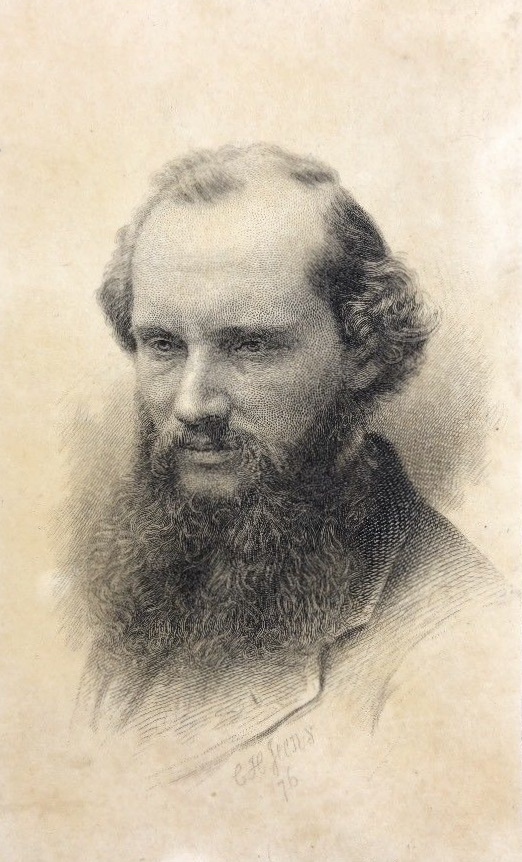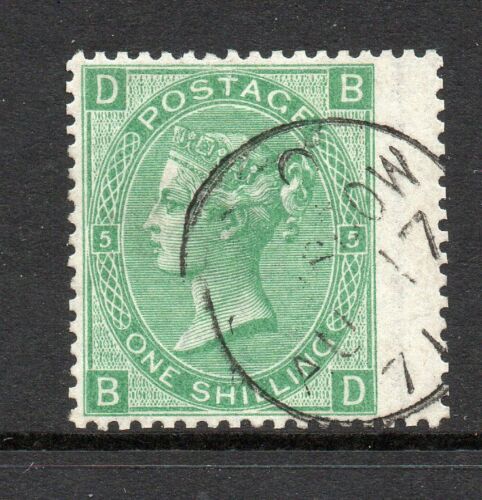During Victorian times, individuals who considered themselves to be members of society would have small cards printed and these would serve as a means of introduction. In 1851, Louis Dodero, a photographer from Marseilles, is credited with developing the first calling card which took the form of a miniature photograph glued onto a card backing. Because it was developed in France, it became known as a carte de visite, or CdV. The idea was subsequently patented by the Parisian photographer André Disdéri in 1854 and visiting cards rapidly gained in popularity throughout Europe and the United States. They were normally 2.5 in by 4 in ( 64 mm by 100 mm ) in size and fitted very conveniently into a breast pocket.
The card illustrated here was not produced from a photograph but rather from an engraving by noted English engraver Charles Henry Jeens in 1875. At that time, the subject of the engraving had already been knighted in 1866 for his service to Mathematics and Physics. He was Sir William Thomson, Professor of Natural Philosophy in the University of Glasgow. Later, he would accept a peerage and become the Baron Kelvin of Largs. He chose the title himself with obvious links to Glasgow, the University, and the Clyde. This was the card of the future Lord Kelvin, one of the most distinguished applied physicists who has ever lived. Although born in Belfast, he was brought to Glasgow when he was 11 years old and went on to distinguish himself in Mathematics and Physics. During his lifetime he was offered many prestigious appointments nationally and internationally, however he chose to remain at the University of Glasgow until his retirement in 1899.
This card was obtained on eBay by the author who was the sole bidder.
{ 2 comments }


